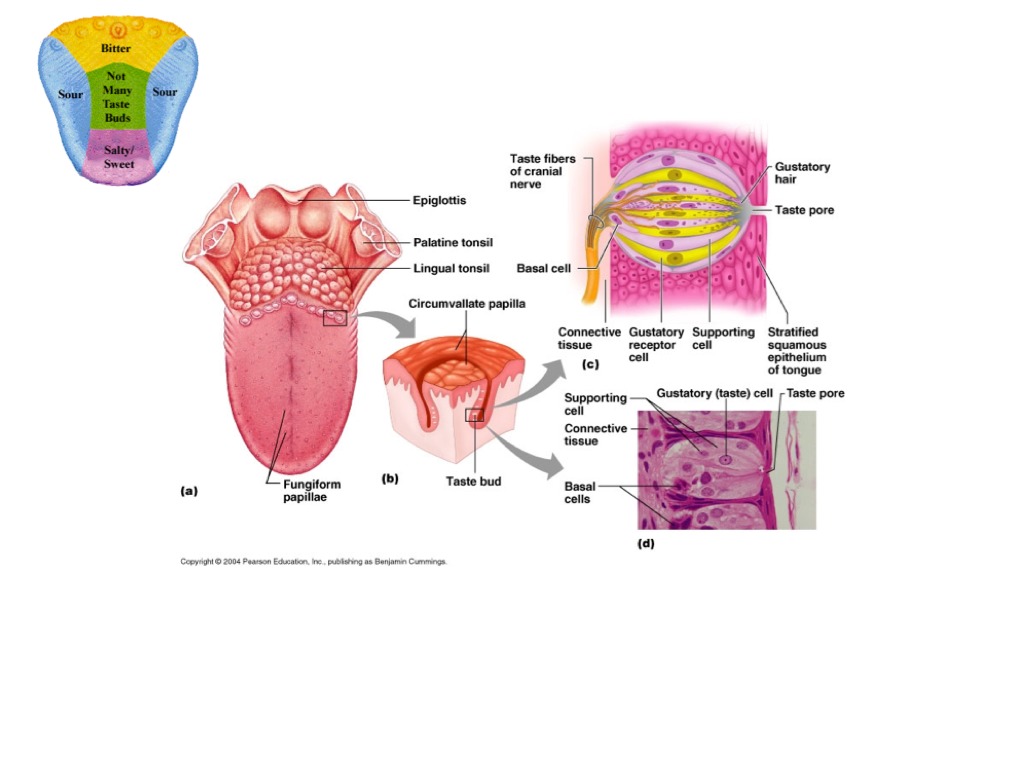
Stay hydrated and drinking water to prevent bacterial infection. If one is not available, brush from back to front using a soft toothbrush. What to do: Use a tongue scraper to clean your tongue at least once a day. Someone who never cleans off their tongue when they’re brushing and flossing will almost always develop some type of residue buildup or “hairy tongue” anomaly. Talk to your family doctor about finding the right prescription and nutrition plan to manage and prevent your symptoms. Don’t wait until your taste buds are swollen before you do something. Avoid spicy or fatty foods and use anti-reflux medications if you do. What to do: Do what you can to change your diet and stick to a medication regimen to manage your acid reflux disease. Some people will experience burning sensations causing painful taste buds. So, it should come as no surprise that it can damage soft tissues, too, like your taste buds. Stomach acid levels can be so damaging that they cause tooth erosion. People who suffer from acid reflux disease have stomach acids that work their way up through their esophagus and inside of the mouth. Saltwater naturally eases inflammation, which is why it’s always a go-to for things like mouth sores or swollen taste buds. Mix up a warm saltwater solution to swish and gargle with after eating spicy foods. What to do: Drink some water to help rehydrate your mouth. Before you realize it, the little bumps on your tongue start to feel swollen and irritated. Maybe you’re licking a sour lemon Warhead candy because your kid dared you to, or you’re trying a new curry dish that about knocks your socks off because it’s so hot. Spicy or Acidic Foodsįor some people, eating really spicy or sour foods can make their taste buds swell up. Here are some of the reasons why and how to treat swollen taste buds: 1.

But even then, there’s a chance the taste buds on the tongue will react if your tongue is starting to swell.

Normally whenever your tongue gets swollen, it’s a reaction in your papillae and not the actual taste bud receptors inside of all those bumps on your tongue. They’re located at the very back of our tongue.

Just thinking about them probably makes your mouth water! Sour receptors tend to be on either side of your tongue, toward the front (but not on the tip.) BitterĪlthough some of us purposely eat bitter foods, these taste buds are important for picking up on potential toxins in our diet. SourĪcidic foods trigger our sour taste buds. Salty taste buds are on the sides of your tongue at the very back, behind the sour ones. Salt detection is important for internal electrolyte balance. They encourage appropriate protein intake. Named for the Japanese word “umami”, these taste buds detect savory foods, such as meat broth or cheese flavors. This is the most recent addition to the taste bud family. Your sweet tooth taste buds are most concentrated at the tip of your tongue. Activated when exposed to energy-rich nutrients.


 0 kommentar(er)
0 kommentar(er)
